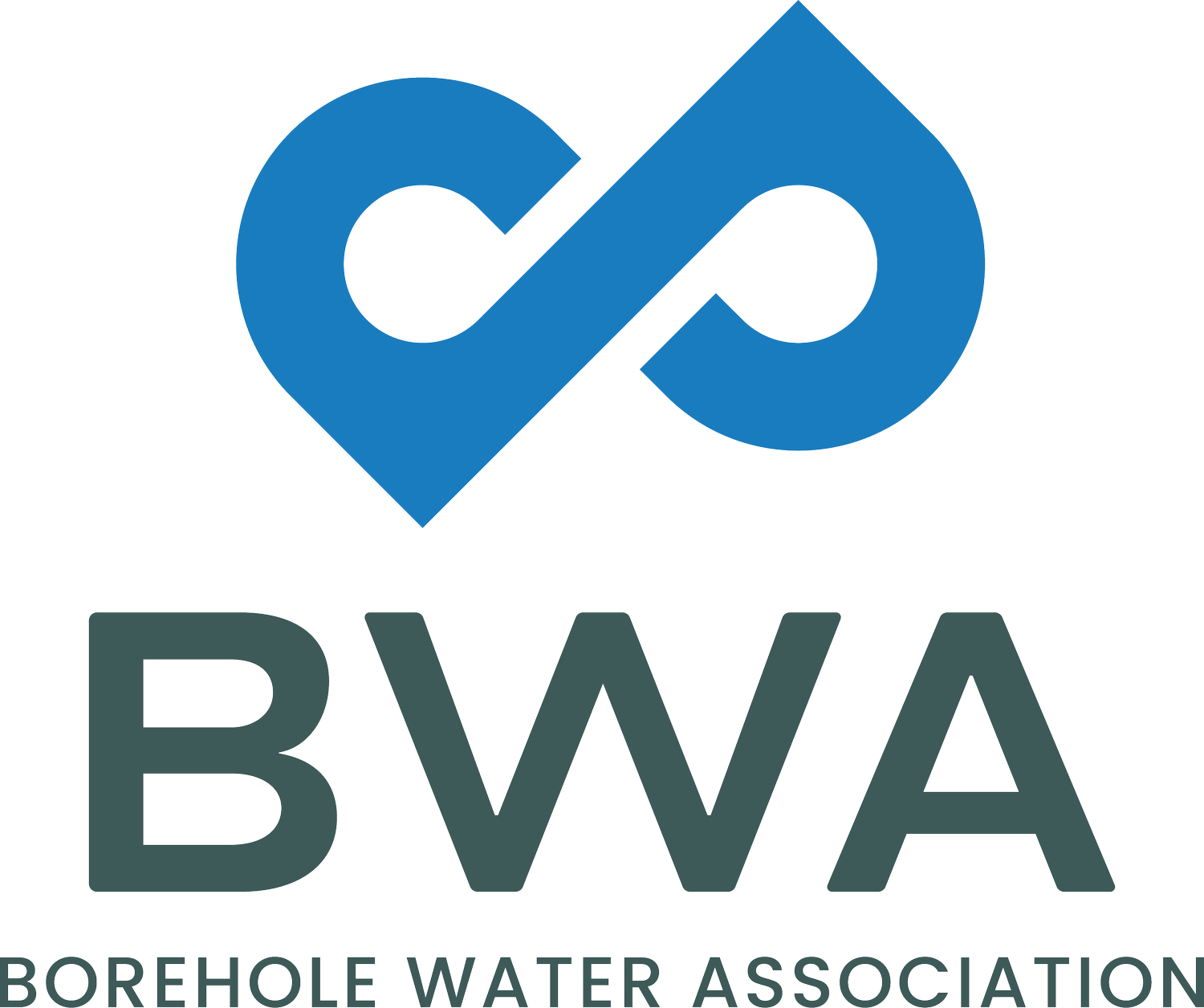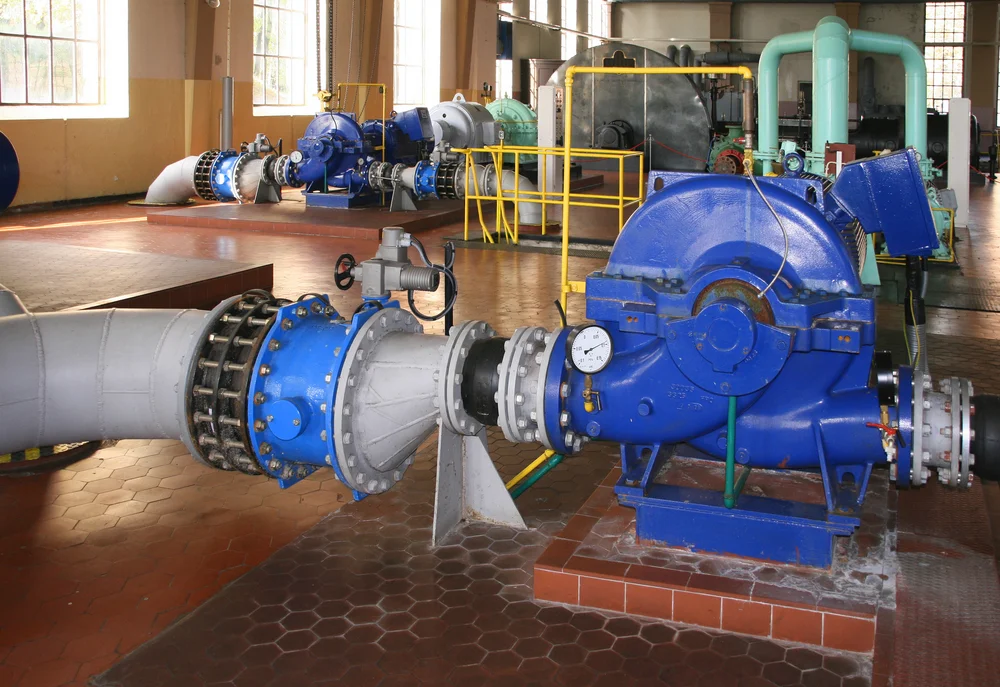JG Afrika supports KZN Wetlands Forum in devising a solution for endangered wetlands
/This year’s World Wetlands Day (2 February) was celebrated in northern KwaZulu-Natal, South Africa, by bringing together community leaders, municipalities, state departments, scientists and industry to discuss a workable solution to the rapidly declining water levels in the area. This includes the Vazi Pans peatland wetland system.
World Wetlands Day brought together all stakeholders to find a workable solution to declining water levels in the Vazi Pans Peatland Wetland system.
The initiative was held under the banner of the KwaZulu-Natal Wetlands. Hosted by the Isibusiso Esihle Science Discovery Centre and supported by the South African Environmental Observation Network (SAEON) and Mark Schapers, a technical director at JG Afrika, a leading firm of consulting engineers and environmental scientists.
Schapers is a well-known groundwater expert who also has extensive experience working in the area, and he was the first to alert the WRC and SAEON to serious declines in water levels in the Vazi-wetlands six years ago.
Importantly, his intervention highlighted the need to design and implement a system that would strengthen the existing Department of Water & Sanitation’s (DWS) water monitoring programmes in the area.
This also complemented both the SAEON and WRC’s investigations into the hydrological system there and projects in the wetlands. SAEON have been focusing on understanding the relative impacts of climate and land use on the groundwater table and the wetlands system.
Outputs from several scientific studies concur that forestry in the region are having a significant impact on the water resources. Additional stressors include a prolonged drought and increased levels of abstraction for human consumption. However, the latter has had a minimal impact compared to those of forestry and drought. Superimposed on this is the threat of climate change impacts on the area.
Exacerbating the problem is the burning of the peatlands, which are important stores of carbon and, by acting as a sponge, help hold up the water table.
The declining water table has led to the drying out of the peatlands with the earliest reported incident of severe burning in Vazi-North in 1998. In 2017 fires broke out again in some of the peatlands resulting in an increased loss of peat that has taken thousands of years to accumulate and with it the release of greenhouses gases, such as methane and carbon dioxide.
The declining water levels are also having a dire influence on the livelihood of the rural community in the area and whose subsistence is intertwined with the wetland systems. This supply of water is vital for their small farming activities, and for many years community members have been aware of the threat that the pine and blue gum trees pose to their subsistence.
The outcome of several scientific investigations have revealed on-going declines in water levels in Northern KwaZulu-Natal.
Sue Janse van Rensburg, SAEON Grasslands-Wetlands-Forests Node Coordinator, describes the outcome of the meeting as extremely positive in that all stakeholders have now agreed on the issues and there is a commitment to work together to find water sustainable options for livelihoods, economic growth and job creation.
“These are important steps that will ensure an outcome that emphasises climate resilience. Moreover, the day ensured a collective understanding of the severity of the situation, but also provided a road map to explore alternatives and solutions proposed by experts. It requires a bottom-up approach to ensure ownership, and complemented by integrated research that spans various relevant fields, ranging from environmental monitoring to resource economics,” Janse Van Rensburg says.
The formal proposal is now being drafted and, importantly, it focuses research into ways of replacing the existing resource-based economy in the area with sustainable alternatives. It will include suggestions made by resource and environmental economists, who were also invited to share their insights at the event.
This plan will be used to apply for funding from various sources, such as the Green Climate Fund, to assist in the development of a document that will guide the implementation of a strategy for the Vazi-wetlands.
Janse Van Rensburg notes the need for urgent action, and points to research undertaken by Schapers and his team of groundwater and surface water specialists at JG Afrika concerning the greater area around the Vazi-wetlands and, in particular, the Lake Sibaya system.
Their work has revealed a significant drop in the water table as early as 2000, while changes in climate and low rainfall levels in the area have compounded the situation.
After monitoring efforts came to a halt in 2014, when water tables fell below gauging stations, the SAEON, working with the DWS, and Schapers intervened to ensure real-time data was available to capture the continued declining trend.
As she notes, “good data is our life blood, and even sophisticated models rely on in-situ data”.
The combined impact of forestry and below average precipitation in the area is evident by the extremely low levels of Lake Sibaya. Located in the iSimangaliso Wetland Park, water levels of the largest fresh water lake in South Africa are at the lowest ever recorded.
A combination of current below average rainfall trends and continued forestry operations will result in the rapid deterioration of water levels at the Vazi-wetlands. Further research is required to determine whether changes in land use, rainfall levels and climate will reverse the decline.
Groundwater recharge in the area is under investigation. While previously thought to be a simple function of rainfall, Schapers explains that studies into the recharge of groundwater are further complicated by high-energy events, such as cyclones, as well as flooding on the Pongola River. There may be further consequences for the entire system should these dynamics change.
Covering about 19 000 ha, the Manzengwenya and Mbazwane Plantations are located in Mhlabuyalingana Municipality within the uMkhanyakude District and affect three traditional councils, including KwaTembe, KwaMbila and KwaMabaso.
The forests are part of a major state-driven land redistribution programme in the area, and the plan will, therefore, also propose ways of substituting existing and future employment opportunities created in the forestry value-chain.
Janse Van Rensburg says that many of these jobs could be supplemented by developing the significant eco-tourism potential in the area.
She concludes by thanking Schapers and JG Afrika for their voluntary participation in an initiative that has already received such a favourable response from stakeholders and that will hopefully have a profound positive impact on the Vazi-wetlands.
Celebrated for the first time in 1997, World Wetlands Day continues to raise awareness of the significance of these habitats to the planet, while providing an important platform from which to launch initiatives aimed at protecting and preserving these areas.
Submitted by Debbie Poggiolini on behalf of JG Afrika's website.






